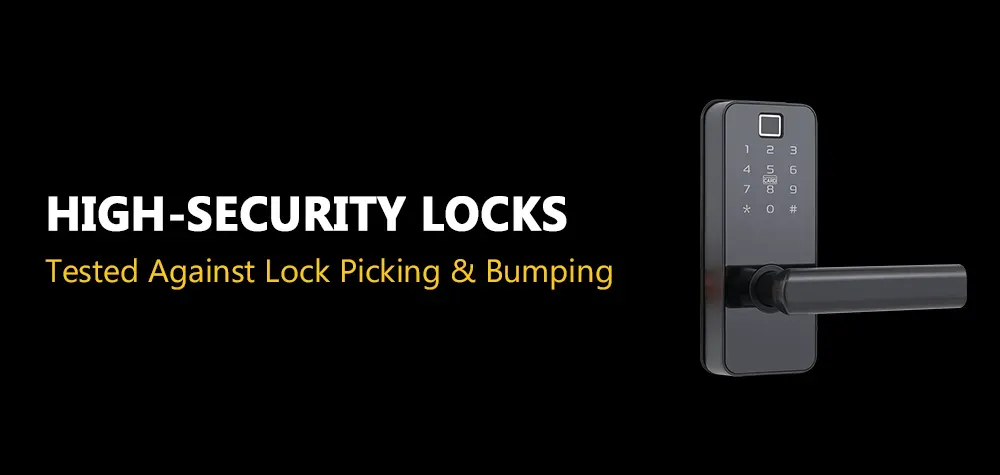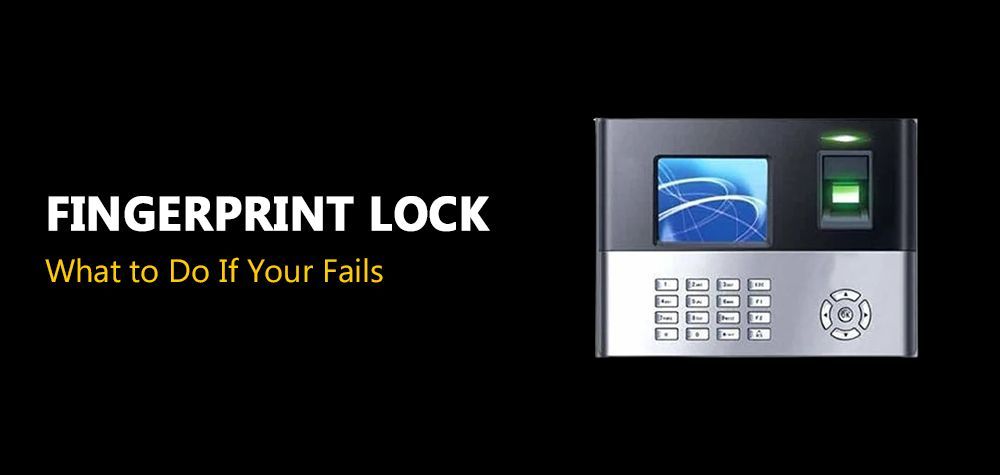Pros and Cons of Installing Keyless Lock System
Highlights
- Keyless locks offer convenient accessibility to your home, providing a secure and effortless means of granting access to trusted individuals.
- While these devices are not flawless, the risk of getting locked out remains if you forget the code or encounter malfunctions.
Welcome to our comprehensive guide on home security and lockout solutions. In the quest for a secure and convenient living environment, keyless locks emerge as a cutting-edge solution. These locks not only enhance accessibility but also offer a seamless way to grant trusted individuals access to your home. However, it's crucial to acknowledge that no system is infallible. Despite the advantages, there exists the potential for lockouts, whether due to forgotten codes or device malfunctions.
Beyond the advantages, we equip you to handle unforeseen circumstances, such as lockouts due to forgotten codes or malfunctions. Embark on this journey with us to optimize your home security, striking a harmonious balance between convenience and safeguarding your living space.
What is a keyless Door Lock System?
A keyless door lock is an advanced security system that eliminates the need for traditional keys. Instead, it relies on alternative methods such as PIN codes, electronic key fobs, or biometric identification for access. This modern technology provides enhanced convenience, allowing homeowners to enter their premises without physical keys. Keyless door locks are known for their efficiency, ease of use, and the ability to grant access to authorized individuals while offering a heightened level of security to the property.
Security of Keyless Door Locks: A Closer Look
Keyless door locks are generally considered secure, offering advanced features to enhance home security. These locks often utilize encryption technology, making it challenging for unauthorized individuals to bypass the system. PIN codes, electronic key fobs, or biometric identification methods add an extra layer of protection.
However, like any technology, they are not entirely immune to potential risks, such as hacking or electronic vulnerabilities. It's crucial to choose a reputable brand, keep software up-to-date, and follow best security practices to maximize the security benefits of keyless door locks. Regularly updating access codes and monitoring system integrity further ensures a robust and reliable security solution.
Pros of Keyless Door Locks
Keyless door locks offer heightened security, convenience, and flexibility. They eliminate the need for traditional keys, providing efficient access through PIN codes, electronic key fobs, or biometrics.
No Need For Keys
Experience unparalleled convenience with keyless door locks—no more fumbling for keys. Utilize PIN codes, electronic key fobs, or biometrics for seamless access. Embrace a modern, key-free lifestyle, enhancing security and simplifying entry to your living space.
Allow Others Access
Keyless door locks redefine access control, allowing homeowners to grant entry to others without physical keys. Whether it's family, friends, or service providers, these systems facilitate temporary or recurring access through PIN codes, electronic key fobs, or biometric identification. This flexibility enhances convenience for both residents and authorized visitors. Homeowners can manage access remotely, providing an added layer of control and security. The ability to customize access permissions makes keyless door locks an ideal choice for those seeking a versatile and user-friendly solution to accommodate various access needs within their living space.
Helpful for Household Members With Accessibility Needs
Keyless door locks prove especially helpful for household members with accessibility needs. Eliminating the reliance on physical keys, these systems offer seamless access through methods such as PIN codes, electronic key fobs, or biometric identification. This feature is invaluable for individuals with mobility challenges, as it simplifies entry without the need to manipulate keys. The customizable nature of keyless entry systems allows for tailored solutions, ensuring that everyone in the household, regardless of mobility limitations, can enjoy the benefits of secure and convenient access to their living space.
Cons of Keyless Door Locks
Despite their advantages, keyless door locks have potential drawbacks. Reliance on technology poses a risk of electronic malfunctions or hacking. Forgotten PIN codes can lead to lockouts, and battery dependence requires regular maintenance. It's crucial to weigh these factors and adopt security measures to address potential vulnerabilities when considering keyless entry systems.
Can be Hacked
While keyless door locks offer convenience, one potential drawback is their vulnerability to hacking. Electronic systems can be susceptible to skilled intruders, emphasizing the importance of cybersecurity. To mitigate this risk, regularly update access codes and passwords, choose complex combinations, and opt for reputable brands with robust security features. Additionally, consider implementing multi-factor authentication methods to enhance the overall security of your keyless entry system. Stay informed about emerging security threats to stay one step ahead of potential vulnerabilities.
They are Expensive
One notable drawback of keyless door locks is their expense. Compared to traditional locks, the initial cost of purchasing and installing keyless systems can be higher. It's cost run from $150 to $250. This expense includes the price of the technology, installation fees, and potential maintenance costs. However, it's essential to weigh this against the long-term benefits of enhanced security and convenience. While the upfront investment may be higher, keyless door locks often prove cost-effective over time, offering a modern and efficient solution to homeowners.
Security is Not Guaranteed
While keyless door locks offer advanced security features, it's essential to acknowledge that absolute security is not guaranteed. Like any system, keyless entry is not entirely immune to potential vulnerabilities, such as electronic hacking or malfunctions. Users must stay vigilant, implementing best practices like regular code updates and choosing complex combinations to minimize risks.
Additionally, selecting reputable brands with robust security measures is crucial. Understanding that no system is foolproof helps homeowners take proactive measures, fostering a more realistic and informed approach to the security provided by keyless door locks.
One Might Forget the Code
One potential drawback of keyless door locks is the risk of forgetting the access code. In situations where users fail to recall their codes, the result can be an inconvenient lockout. While this issue is addressable through code retrieval or alternative entry methods, it highlights the importance of choosing memorable yet secure codes and having contingency plans in place to mitigate the inconvenience of forgotten codes.
Risk of a Power Failure
A potential concern with keyless door locks is the risk of power failures. As these systems often rely on electricity or batteries, a power outage can temporarily disable the lock, restricting access. To mitigate this risk, some models include backup power options or mechanical key overrides. Homeowners should be aware of this limitation and consider additional measures to ensure access during power-related interruptions.
Can be Unattractive
Aesthetic considerations may be a drawback for some keyless door locks, as certain models may be perceived as less visually appealing compared to traditional locks. While sleek and modern designs exist, personal preferences vary. Homeowners should explore different styles and finishes to find a keyless entry system that complements their home's aesthetics, striking a balance between security features and visual appeal.
Are keyless door locks more secure than traditional locks?
 Button
ButtonKeyless door locks offer advanced security features, but like any system, they are not entirely immune to potential vulnerabilities. Regularly updating access codes, choosing reputable brands, and implementing additional security measures enhance their effectiveness.
What happens if I forget the access code?
 Button
ButtonForgetting the access code can result in a lockout. Most keyless locks provide code retrieval or alternative entry methods. It's crucial to choose memorable yet secure codes and have contingency plans in place.
How do keyless door locks handle power failures?
 Button
ButtonKeyless locks may be affected by power failures as they rely on electricity or batteries. Some models include backup power options or mechanical key overrides to address this issue.
Can keyless door locks be visually appealing?
 Button
ButtonWhile aesthetics vary, many keyless locks come in sleek, modern designs. Homeowners can explore different styles and finishes to find a keyless entry system that complements their home's visual appeal.
Call Us Any Time!
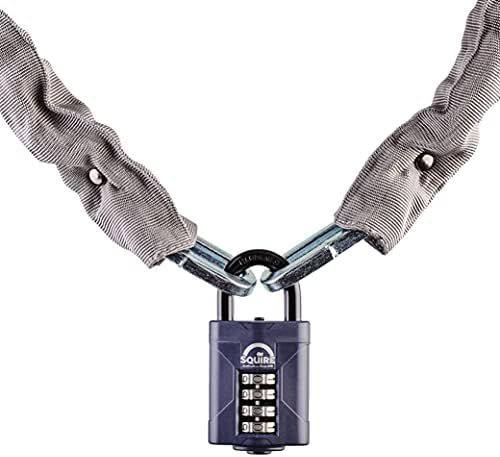
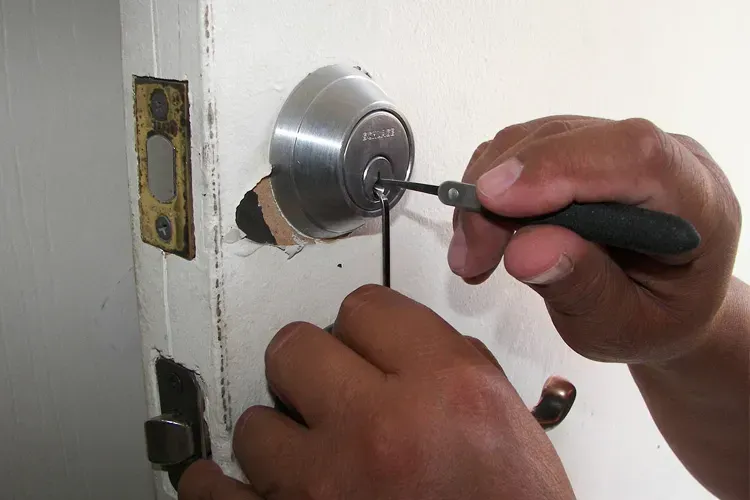

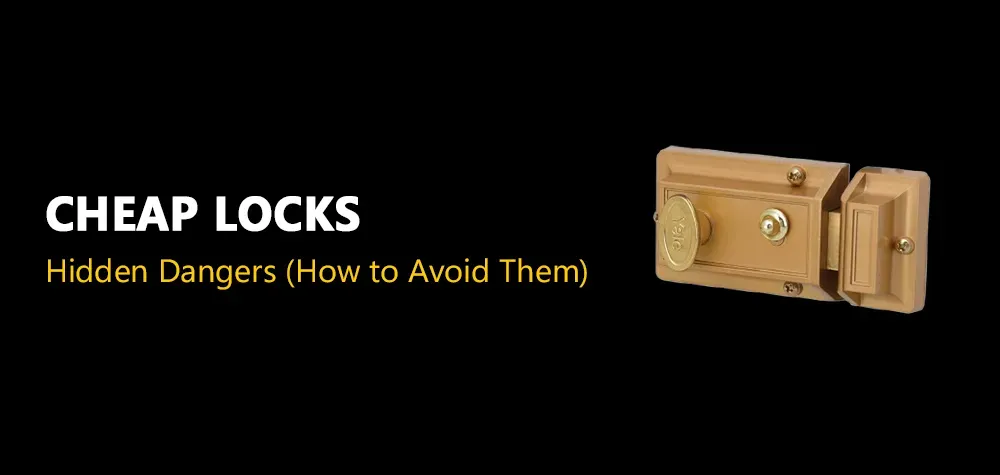
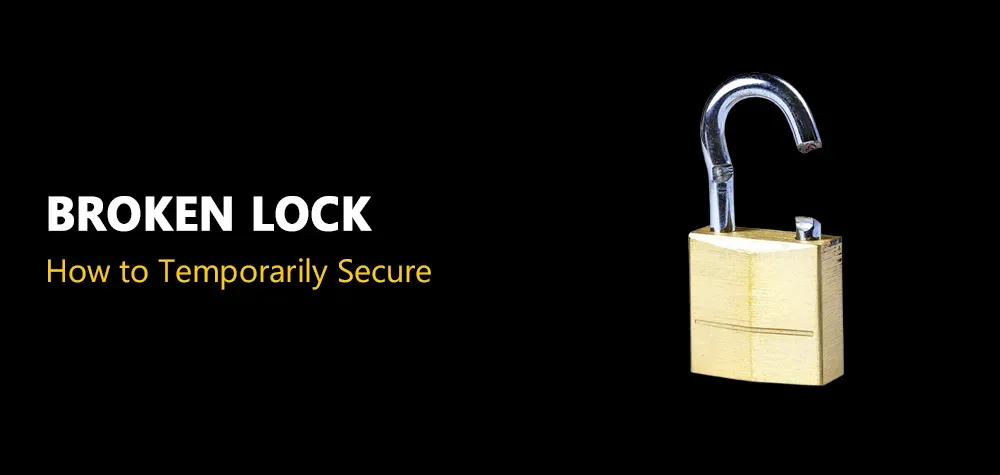
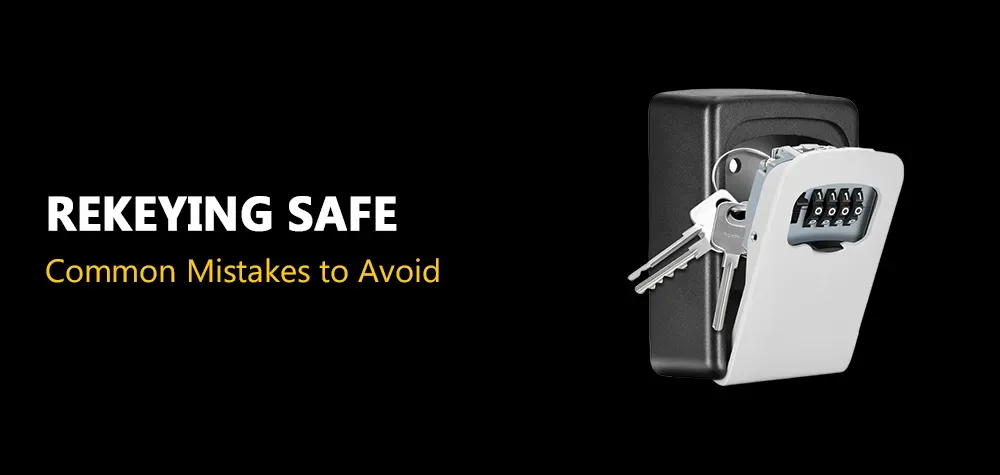
BROTHERS LOCKSMITH
All Rights Reserved | brothers-locksmith.com
Privacy Policy


